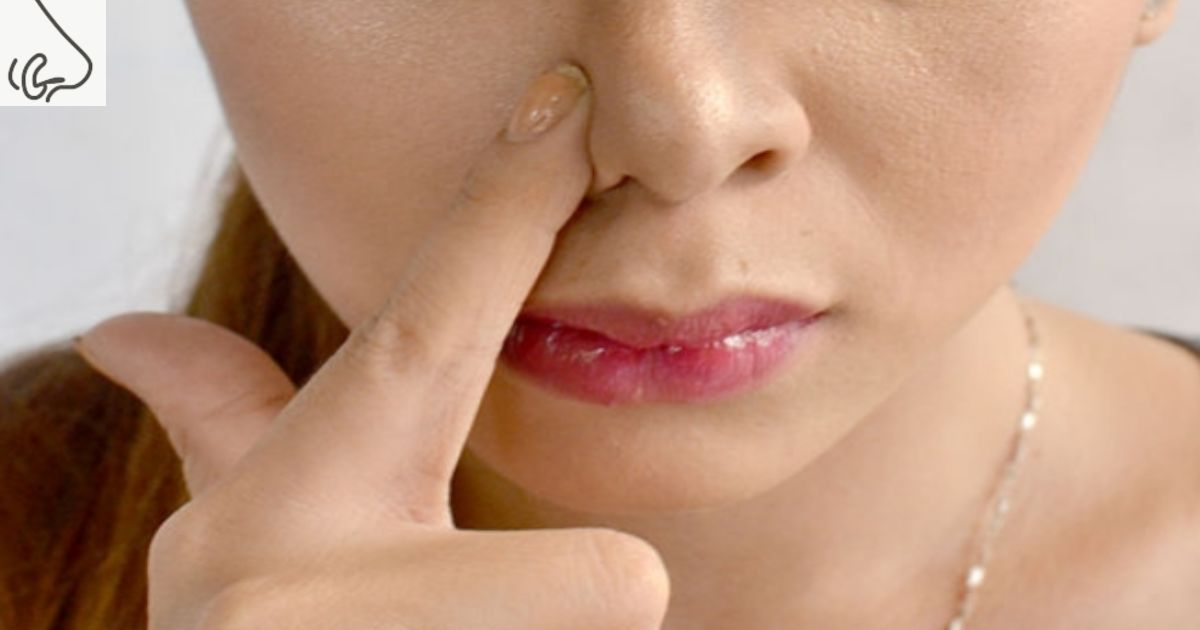A nose piercing can be a striking form of self-expression and a unique addition to your personal style. However, life is unpredictable, and accidents can happen. One of the most distressing mishaps for those with nose piercings is the occurrence of a ripped nose piercing. The pain, discomfort, and anxiety that come with a torn piercing can be overwhelming. This guide is here to provide you with a comprehensive understanding of how to heal a ripped nose piercing effectively, so you can regain your confidence and restore the beauty of your piercing.
A ripped nose piercing is not just a physical wound; it can also be an emotional one. It’s an accessory that holds a special place in your self-expression and identity. When it’s damaged, it can feel like a part of you is injured too. However, there’s hope, and this guide is designed to be your roadmap to recovery. You’ll learn the causes of ripped nose piercings, how to assess the damage, the immediate steps to take for healing, and long-term aftercare measures. By the end of this journey, you’ll be equipped with the knowledge and confidence to bring your nose piercing back to its former glory.
We understand that a ripped nose piercing can be a distressing experience, but with the right information and guidance, you can navigate the healing process successfully. In this guide, we’ll walk you through each step with care, ensuring you have all the tools and knowledge needed to heal your ripped nose piercing and maintain its health for the long term. Let’s embark on this journey of recovery together.
What Causes a Ripped Nose Piercing?
A nose piercing can get ripped for various reasons, and it’s essential to identify the cause before proceeding with the healing process. Here are some common causes:
- Trauma or Accidents: Accidental tugs or hits to the nose jewelry can lead to tearing.
- Improper Jewelry: The choice of jewelry and its fit can play a role in the injury.
- Infection: An infected piercing can weaken the tissue, making it more prone to tearing.
- Overcleaning: Excessive cleaning can lead to dryness and vulnerability in the piercing area.
Assessing the Damage
Before you begin the healing process, it’s crucial to assess the extent of the damage. Understanding the severity of the rip will help you determine the appropriate steps to take.
Minor Tears
- Description: Small, superficial tears on the edge of the piercing.
- Treatment: Often can be treated with basic aftercare measures.
Moderate Tears
- Description: Deeper or larger tears that may bleed or cause discomfort.
- Treatment: Requires more careful attention, including possible jewelry adjustment.
Severe Tears
- Description: Extensive damage, potential for significant bleeding and infection.
- Treatment: May require professional medical assistance and specific care instructions.
Immediate Steps to Take
After assessing the damage, follow these immediate steps to prevent further complications and promote healing.
1. Stay Calm and Gentle
- Avoid panic and sudden movements to prevent further damage.
- Handle the area with clean hands and gentle care.
2. Stop Bleeding
- If there is bleeding, apply gentle pressure with a sterile cloth.
- Avoid using tissue that may leave fibers behind.
3. Remove the Jewelry
- In cases of severe tears, it might be necessary to remove the jewelry temporarily.
- Use clean, sanitized tools if needed, or seek professional help.
Caring for Your Ripped Nose Piercing
Proper aftercare, including not attempting to change my nose piercing too early, is essential to facilitate healing and reduce the risk of infection. Here’s what you should do in the days and weeks following the injury.
Cleaning the Area
- Use Saline Solution: Clean the area twice a day with a saline solution.
- Avoid Harsh Chemicals: Do not use alcohol, hydrogen peroxide, or other harsh solutions.
- Gently Pat Dry: After cleaning, pat the area dry with a sterile, lint-free cloth.
Jewelry Considerations
- Choose the Right Jewelry: Opt for hypoallergenic and appropriate-sized jewelry.
- Avoid Changing Jewelry: Refrain from changing your jewelry until the piercing has healed.
- Jewelry Rotation: Lightly rotate the jewelry during cleaning to prevent it from sticking.
Avoid Irritants
- Nostril Hair and Makeup: Be cautious with nose hair and makeup products to prevent irritation.
- Avoid Touching: Minimize touching the piercing to prevent introducing germs.
Pain Management
- Over-the-Counter Pain Relief: If necessary, consider over-the-counter pain relief with your piercer’s guidance.
- Avoid Numbing Creams: Do not use numbing creams without professional advice.
Monitoring and Red Flags
While healing, it’s crucial to monitor your nose piercing closely and be aware of potential complications.
Signs of Infection
- Redness, Swelling, or Pus: These are common signs of infection.
- Fever or Chills: Systemic symptoms may indicate a severe infection.
Allergic Reactions
- Rash or Itching: Allergic reactions to jewelry can cause skin issues.
- Consult a Professional: Seek advice if you suspect an allergy.
Delayed Healing
- Excessive Pain: Unbearable pain, even after days or weeks, is a concern.
- Consult Your Piercer: Reach out to your piercer or a healthcare professional.
Seeking Professional Help
In some cases, you might need professional assistance to address a ripped nose piercing.
When to Seek Help
- Severe Tears: If the tear is extensive and won’t stop bleeding.
- Infection: If the piercing becomes infected despite home care.
- Allergic Reactions: When allergies are causing persistent problems.
Professional Treatment
- Stitching: A deep tear may require stitches.
- Prescribed Medications: Antibiotics or other medications for infections.
- Jewelry Adjustment: Professionals can help choose the right jewelry for healing.
Tips for Preventing Future Rips
Prevention is the best strategy. Once your nose piercing has healed, consider these tips to reduce the risk of future tears.
Jewelry Selection

- Quality Jewelry: Always choose high-quality, hypoallergenic jewelry.
- Proper Fit: Ensure the jewelry fits comfortably without excessive movement.
Protective Measures
- Be Mindful: Avoid activities that could cause trauma to your piercing.
- Sports and Activities: Use protective gear when necessary.
Regular Maintenance
- Professional Check-Ups: Periodic visits to your piercer for inspections.
- Stay Informed: Keep yourself updated on nose piercing care.
FAQs
How do I know if my nose piercing is ripped?
- Look for visible tears or injuries around the piercing area.
- Monitor for pain, bleeding, or discomfort, which could indicate a rip.
What should I do immediately after my nose piercing rips?
- Stay calm and avoid sudden movements.
- Gently stop any bleeding and, in severe cases, remove the jewelry.
- Seek professional assistance if necessary.
How often should I clean my ripped nose piercing?
- Clean it twice a day with a saline solution.
- Avoid harsh chemicals like alcohol or hydrogen peroxide.
When should I seek professional help for a ripped nose piercing?
- If the tear is extensive and won’t stop bleeding.
- If signs of infection or allergic reactions persist despite home care.
How can I prevent future nose piercing tears?
- Choose high-quality, hypoallergenic jewelry that fits properly.
- Be mindful of activities that could cause trauma to your piercing and get regular check-ups.
Conclusion
Healing a ripped nose piercing requires patience and diligence. By following the proper steps for assessment, immediate care, and aftercare, you can minimize complications and discomfort. Remember that professional assistance is available when needed, and prevention plays a crucial role in your nose piercing’s long-term health. With time and care, you can enjoy your beautifully healed nose piercing once again.



















